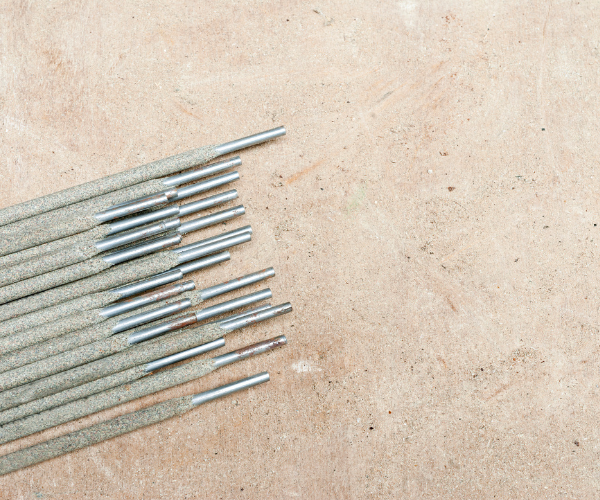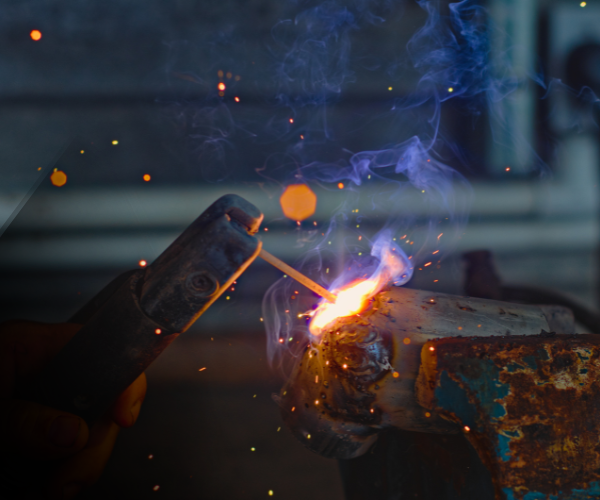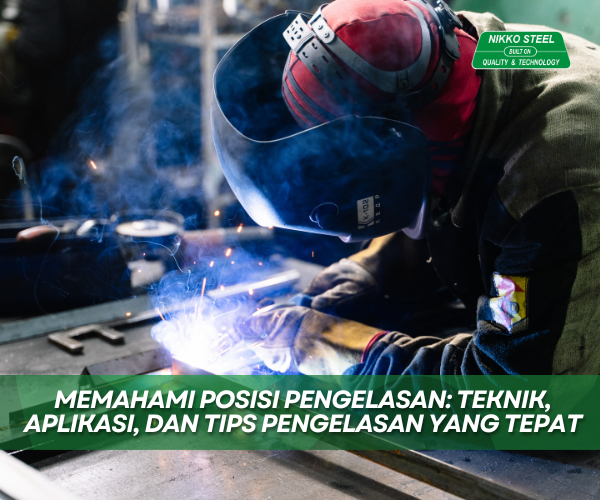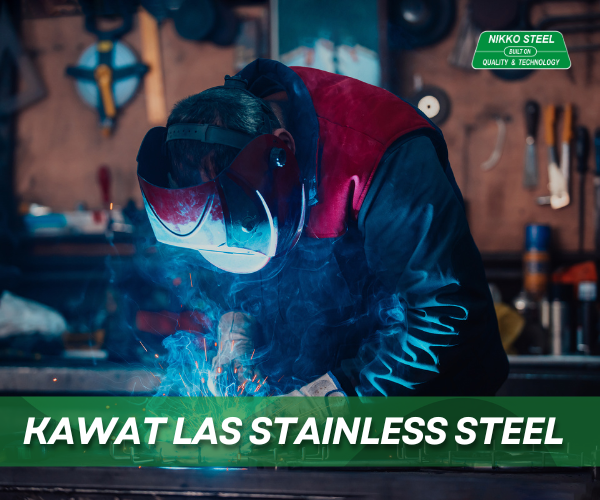Inverter vs Transformer Welding Machines: Which One is Better for Your Needs?
A Classic Debate in the Welding Industry
In the world of welding, one debate has stood the test of time: Which is better, inverter or transformer welding machines? This question is commonly raised among welders—both seasoned professionals and beginners alike.
While many veteran welders trust transformer machines for their toughness and durability, the newer generation favors inverter welders due to their lightweight design, energy efficiency, and modern technology.
To settle this fairly, let’s take a comprehensive look at the technology, performance, and key differences between the two.
What Is an Inverter Welding Machine?
An inverter welding machine is a modern welder that uses high-frequency switching technology. It converts electricity from AC to DC, then back to high-frequency AC, allowing precise control, energy efficiency, and a compact design.
Key Features:
Lightweight and portable
Uses semiconductor and electronic circuits
Supports multiple welding processes (SMAW, TIG, MIG)
Ideal for professional welders who value mobility and efficiency
What Is a Transformer Welding Machine?
A transformer welding machine uses a large iron core and copper coil to step down voltage and increase current for welding. These machines are known for their rugged build and long-lasting performance, especially in demanding environments.
Key Features:
Strong and durable
Minimal electronic components
Works well in workshops, factories, and outdoor settings
Best for continuous and heavy-duty welding operations
Inverter vs Transformer: A Detailed Comparison
1. Energy Efficiency
Inverter: Highly efficient, reduces electricity consumption
Transformer: Lower efficiency due to energy loss from electromagnetic induction
2. Portability
Inverter: Compact, lightweight, easy to carry—even on a motorcycle
Transformer: Heavy and bulky, suitable for stationary use
3. Durability
Inverter: Sensitive to voltage fluctuations and requires extra care
Transformer: Resistant to unstable voltage, ideal for rugged usage
4. Welding Flexibility
Inverter: Can perform multiple welding methods (SMAW, TIG, MIG)
Transformer: Typically supports only SMAW; multi-function units are expensive
5. Cost
Inverter: Higher initial price, lower operating cost over time
Transformer: Lower purchase cost, but higher electricity bills in the long term
6. Performance in the Field
Inverter: Cannot support long cable lengths; needs stable power and protection
Transformer: Supports long cables, though may lose some performance
Comparison Table
Which Welding Machine Should You Choose?
Choose an Inverter Welding Machine if you:
Need a lightweight, portable tool
Work in remote locations with limited power
Have access to stable electricity
Do not require long welding cables
Want long-term power savings
Choose a Transformer Welding Machine if you:
Need long welding cables (e.g., shipyard work)
Want a rugged, low-maintenance machine
Perform long-duration, high-intensity welding
Work in a fixed location
Deal with unstable voltage environments
Conclusion
Both inverter and transformer welding machines have their own advantages depending on the application. As technology evolves, welders should align their equipment choices with the demands of their work environment.
Looking for Quality Welding Machines?
Explore ENKA’s range of professional welding machines, including both inverter and transformer models, built for reliability, efficiency, and performance across industries. Contact us now for further information.



